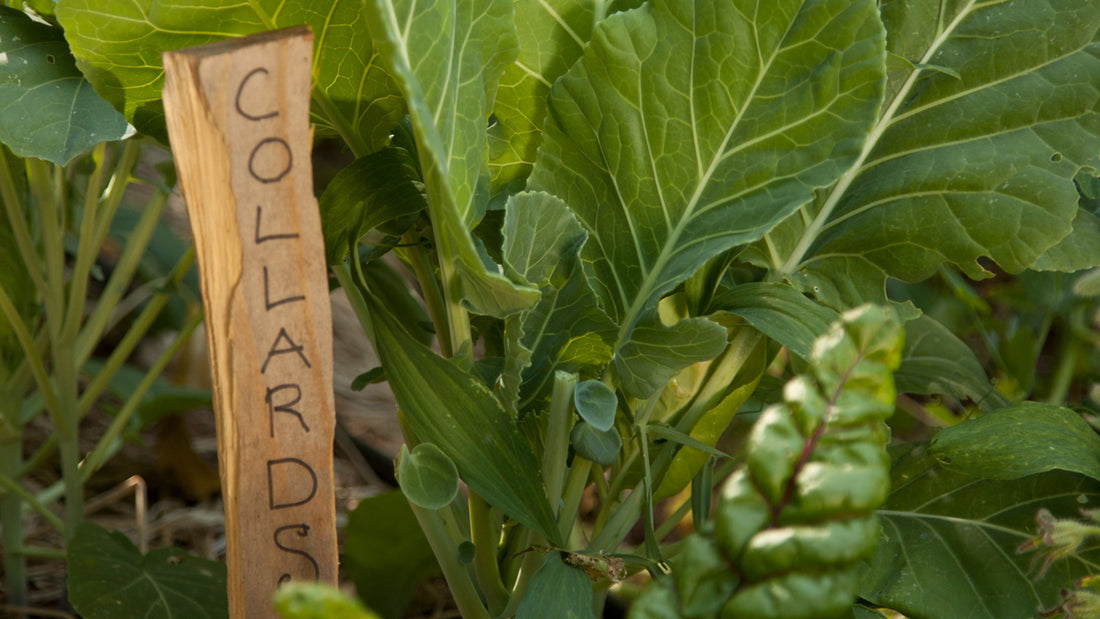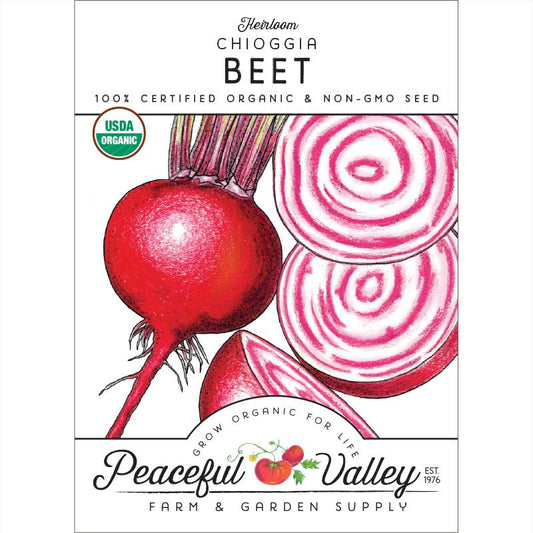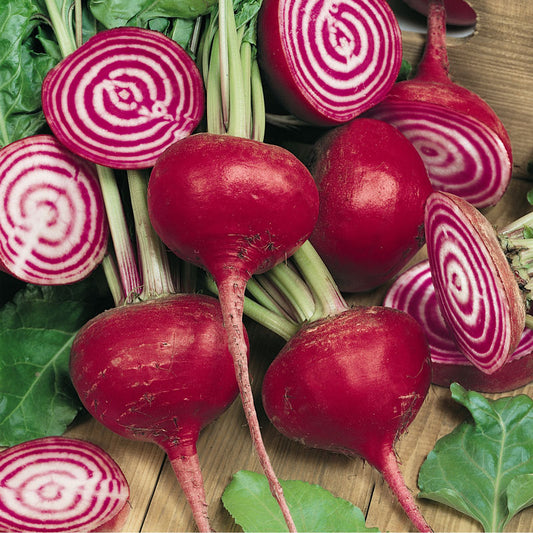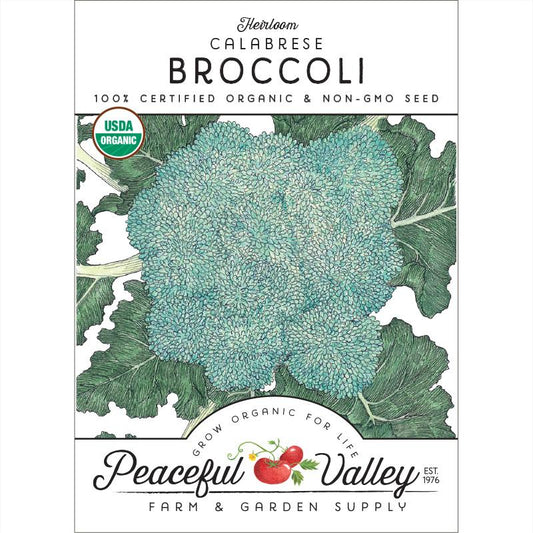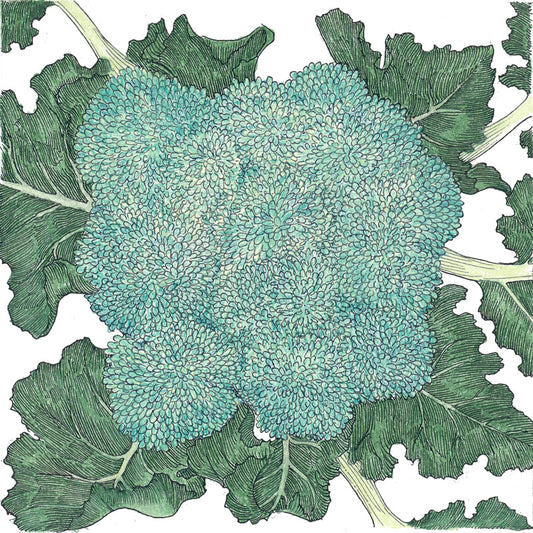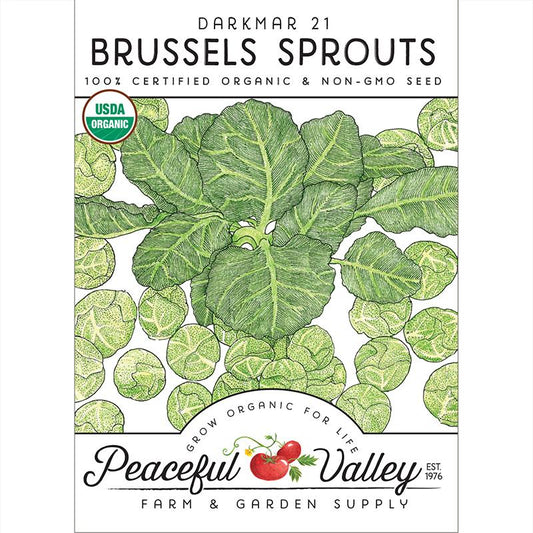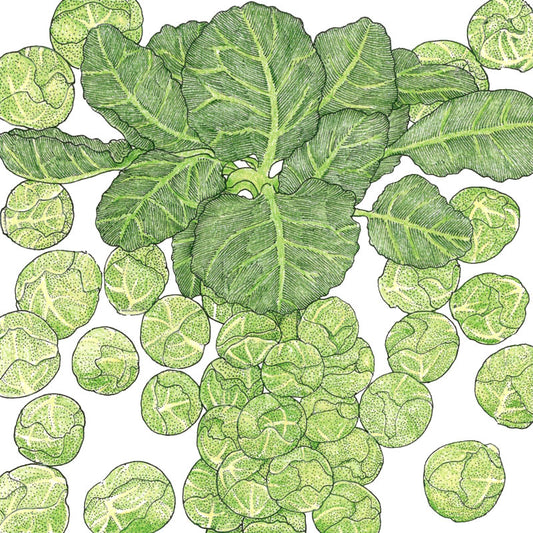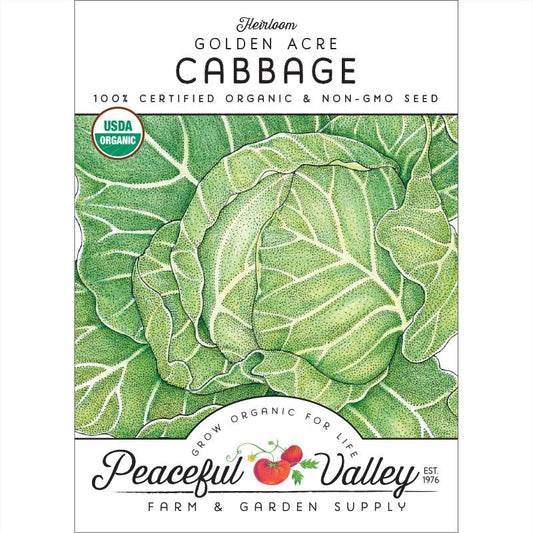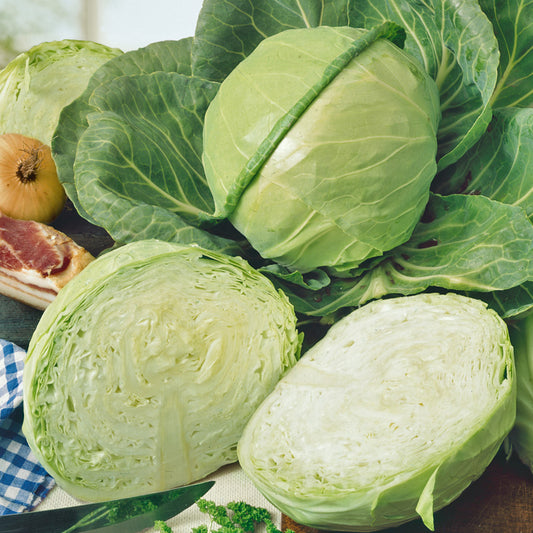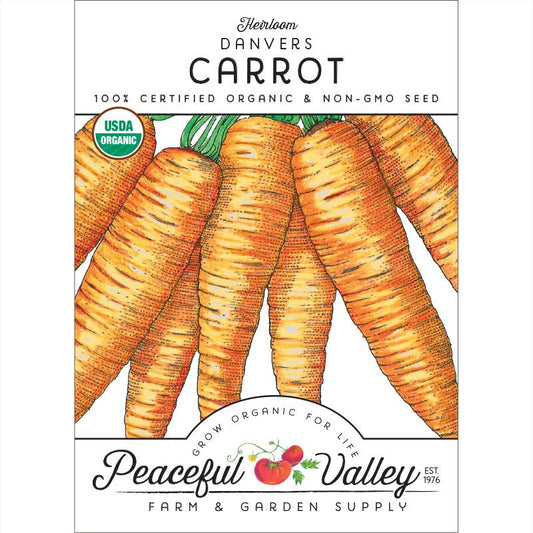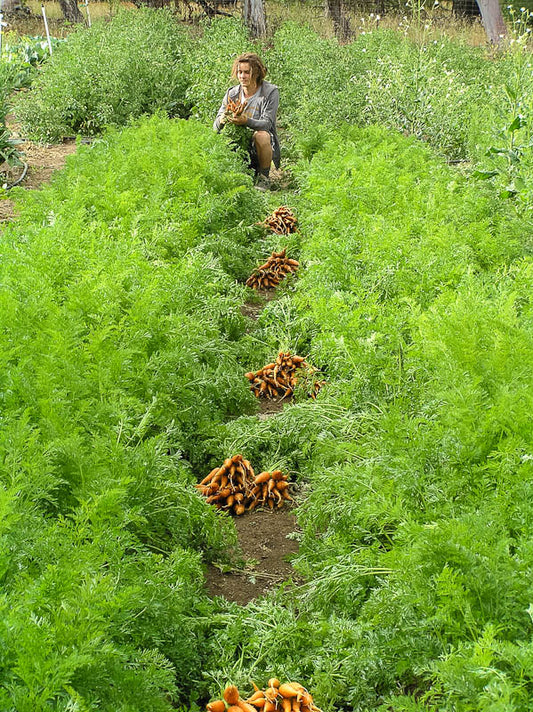Fall Can Be A Beautiful Time to Spend in Your Garden
The cooler temperatures of autumn are on the way, and with it the end of the summer harvest. But that doesn’t mean your garden needs to be done for the year! Now is the time to prepare for a fall garden so you can enjoy cool season veggies through the autumn. The key to fall gardening is timing.
Plant your cool season veggies early enough for them to mature before winter sets in, but not so early that they suffer from the heat of summer. Every veggie takes a different amount of time to mature, and every region has a different expected frost date. Let us do the math for you with our Fall Garden Planting Calculator!
Determining Your First Frost Date
There are only two steps to using our calculator. The first is to enter your expected frost date. If you’re not sure about your expected first frost date, NOAA has detailed information available for most regions of the U.S. Click here to visit their page, select “Normals Annual/Seasonal” and enter the information for the location you’d like to search for. Then select “Add to Cart” – don’t worry, it’s free, and the checkout process will just ask for your email to send you the report. When reading your report, select the page with the station nearest or most similar to where you live (station location is in the upper left corner of each page of the report). The charts will show you normal last frost dates for spring and first frost dates for fall, with the likelihood of a range of low temperatures.
An example chart for Grass Valley, California is shown here, on which we’ve circled a few key dates. For average first frost date, select 0.5, or 50% chance, at 32 degrees; the date listed at this data point is a good estimate for most vegetables (on the example, circled in purple). However, some cool season crops can even survive temperatures as low as 20 degrees; if you will be planting especially cold hardy veggies such as kale and cabbage, you may want to give the calculator a hard frost date for this lower temperature (on the example, circled in blue).
The next step is to decide whether you’ll be using frost protection to extend your fall season. Depending on your location and type of protection, you can extend your season by an extra three weeks or even garden the whole winter long. Once you’ve entered this information into the calculator and clicked “submit,” you will see a list of cool season veggies and the best planting date for each seed.
For Continuous Harvest Planting
For carrots, radishes, greens, and anything else that you’ll want a continuous harvest, you should do two calculations. The first will be calculated at 0.1 chance of frost, and the second would be at 0.9 chance of frost (on the above example, both circled in green). Choose the temperature based on the crop’s cold hardiness (the same temperature for both calculations) – tender greens at 32 degrees, hardy veggies at down to 20 degrees.
The first calculated date is the first planting time for that veggie. Then continue succession plantings every week or two until you reach the last calculated date, for a continuous harvest through the autumn. Learn more about planting a fall garden with our video.

